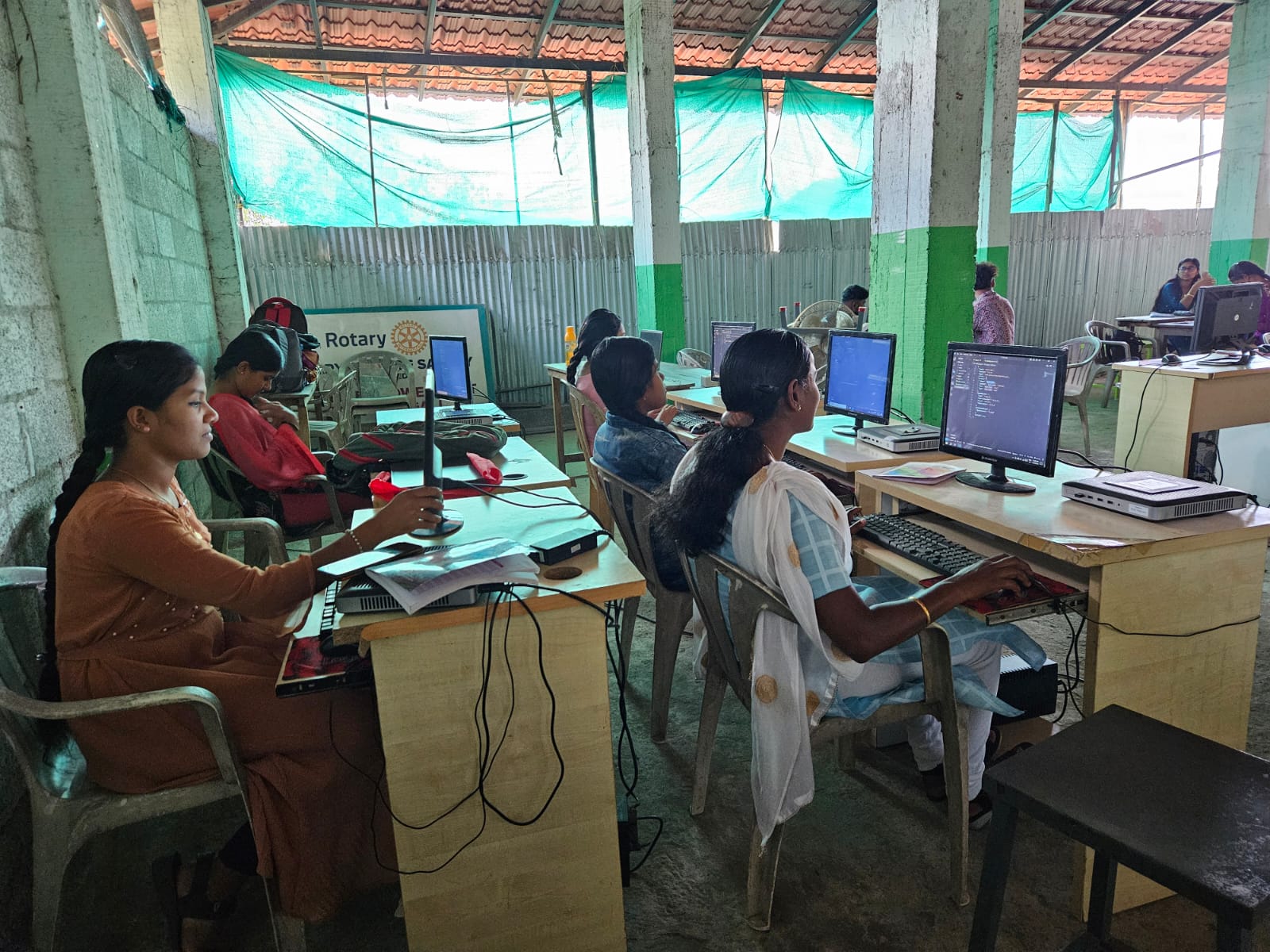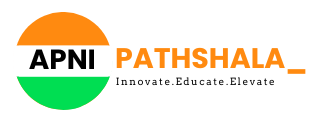
Boosting Student Confidence Through Content Creation
In today’s digital age, content creation has emerged as a powerful tool for boosting student confidence and fostering personal growth. Whether it’s writing blog posts, creating videos, or designing graphics, the act of producing content allows students to express themselves, showcase their talents, and engage with their peers and the wider world. In this blog, we’ll explore how content creation can empower students, build their self-esteem, and contribute to their overall development.
First and foremost, content creation provides students with a platform to share their unique perspectives, interests, and experiences with others. Whether it’s through writing, photography, or video production, students have the opportunity to tell their stories, express their creativity, and make their voices heard. This process of self-expression not only allows students to develop a sense of identity and purpose but also validates their experiences and emotions, boosting their confidence and self-worth.
Moreover, content creation encourages students to step out of their comfort zones and take on new challenges. Whether it’s learning a new skill, experimenting with different mediums, or tackling complex topics, students are constantly pushing themselves to grow and improve as content creators. This process of continuous learning and development not only builds resilience and perseverance but also instills a sense of pride and accomplishment in students as they overcome obstacles and achieve their goals.Additionally, content creation fosters collaboration and teamwork among students, allowing them to work together towards a common goal. Whether it’s collaborating on a group project, providing feedback on each other’s work, or sharing resources and ideas, students learn the value of cooperation, communication, and collective problem-solving. This collaborative approach not only enhances the quality of their content but also strengthens their interpersonal skills and fosters a sense of camaraderie and community.
Additionally, content creation fosters collaboration and teamwork among students, allowing them to work together towards a common goal. Whether it’s collaborating on a group project, providing feedback on each other’s work, or sharing resources and ideas, students learn the value of cooperation, communication, and collective problem-solving. This collaborative approach not only enhances the quality of their content but also strengthens their interpersonal skills and fosters a sense of camaraderie and community.
Furthermore, content creation provides students with a platform to showcase their talents and achievements to a wider audience. Whether it’s sharing their work on social media, participating in competitions, or publishing their content on digital platforms, students have the opportunity to gain recognition and validation for their efforts. This external validation not only boosts their confidence but also motivates them to continue pushing themselves and striving for excellence in their creative endeavors.Moreover, content creation enables students to develop essential digital literacy and technical skills that are increasingly valuable in today’s digital economy. Whether it’s learning how to use graphic design software, editing videos, or optimizing content for search engines, students gain practical experience with tools and technologies that are relevant to a wide range of industries and professions. This hands-on learning not only enhances their employability but also empowers them to navigate the digital world with confidence and competence.
Certainly! Here are some examples of content creation that :
Blogging: Students can create their own blogs where they share their thoughts, experiences, and insights on various topics of interest. For example, a student could write about their journey learning a new skill, their experiences volunteering in the community, or their reflections on current events.
YouTube Videos: Students can create and upload videos to YouTube on topics ranging from educational tutorials to vlogs about their daily lives. For instance, a student could create tutorial videos on coding, cooking, or DIY projects, or document their travel adventures or artistic pursuits.
Podcasting: Students can start their own podcasts where they discuss topics they are passionate about or interview guests on subjects of interest. For example, a student could host a podcast about technology trends, mental health awareness, or career advice for young professionals.
Social Media Content: Students can leverage platforms like Instagram, Twitter, and TikTok to share visually engaging content such as photos, infographics, and short videos. For instance, a student could create Instagram posts showcasing their artwork, photography, or fashion designs, or share educational content on Twitter or TikTok.
Digital Art and Design: Students can create digital artwork and design projects using tools like Adobe Photoshop, Illustrator, or Canva. For example, a student could design posters, infographics, or logos for school events, clubs, or community organizations.
Coding and Web Development: Students can create websites, apps, or software projects to showcase their programming skills and creativity. For instance, a student could build a portfolio website to display their projects, create a mobile app to solve a specific problem, or develop a video game as a passion project.
Photography and Videography: Students can capture and edit photos and videos to tell compelling stories or convey important messages. For example, a student could document a social justice protest, create a photo essay on environmental conservation, or produce a short film on a topic they are passionate about.
These examples demonstrate the diverse ways in which students can engage in content creation to express themselves, share their ideas, and connect with others in meaningful ways. Whether it’s through writing, multimedia production, or digital artistry, content creation offers students a powerful platform to showcase their talents, build confidence, and make a positive impact in their communities.
In conclusion, content creation is a powerful tool for boosting student confidence, fostering personal growth, and preparing them for success in the digital age. By providing students with a platform to express themselves, collaborate with others, showcase their talents, and develop essential digital skills, content creation empowers them to become confident, creative, and resilient individuals who are equipped to thrive in an increasingly interconnected and competitive world. As educators and mentors, it is our responsibility to encourage and support students in their creative endeavors, helping them realize their full potential and achieve their dreams.
